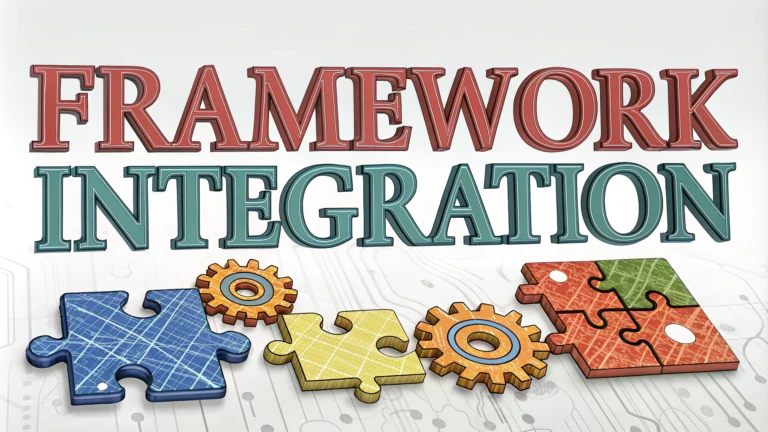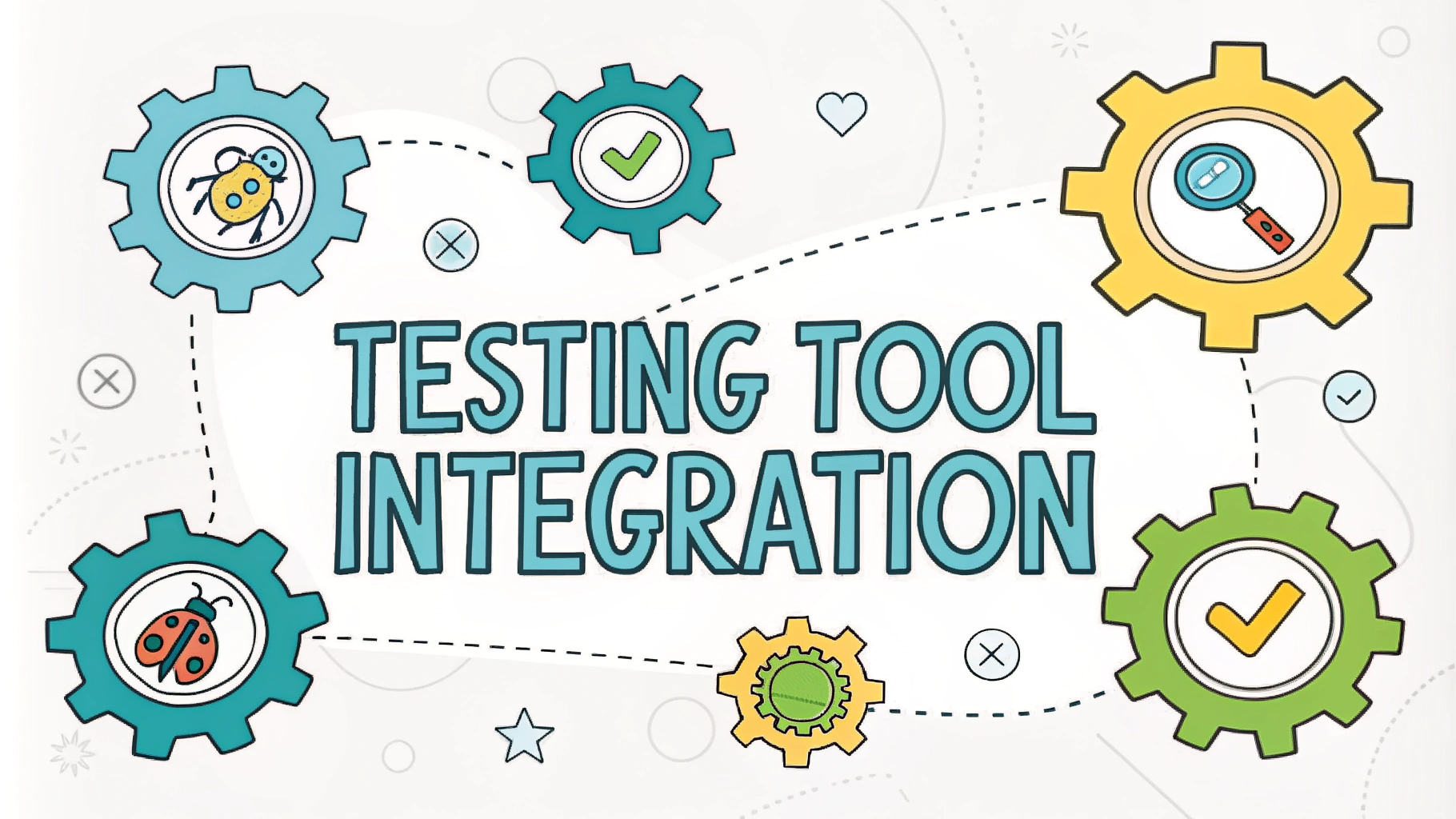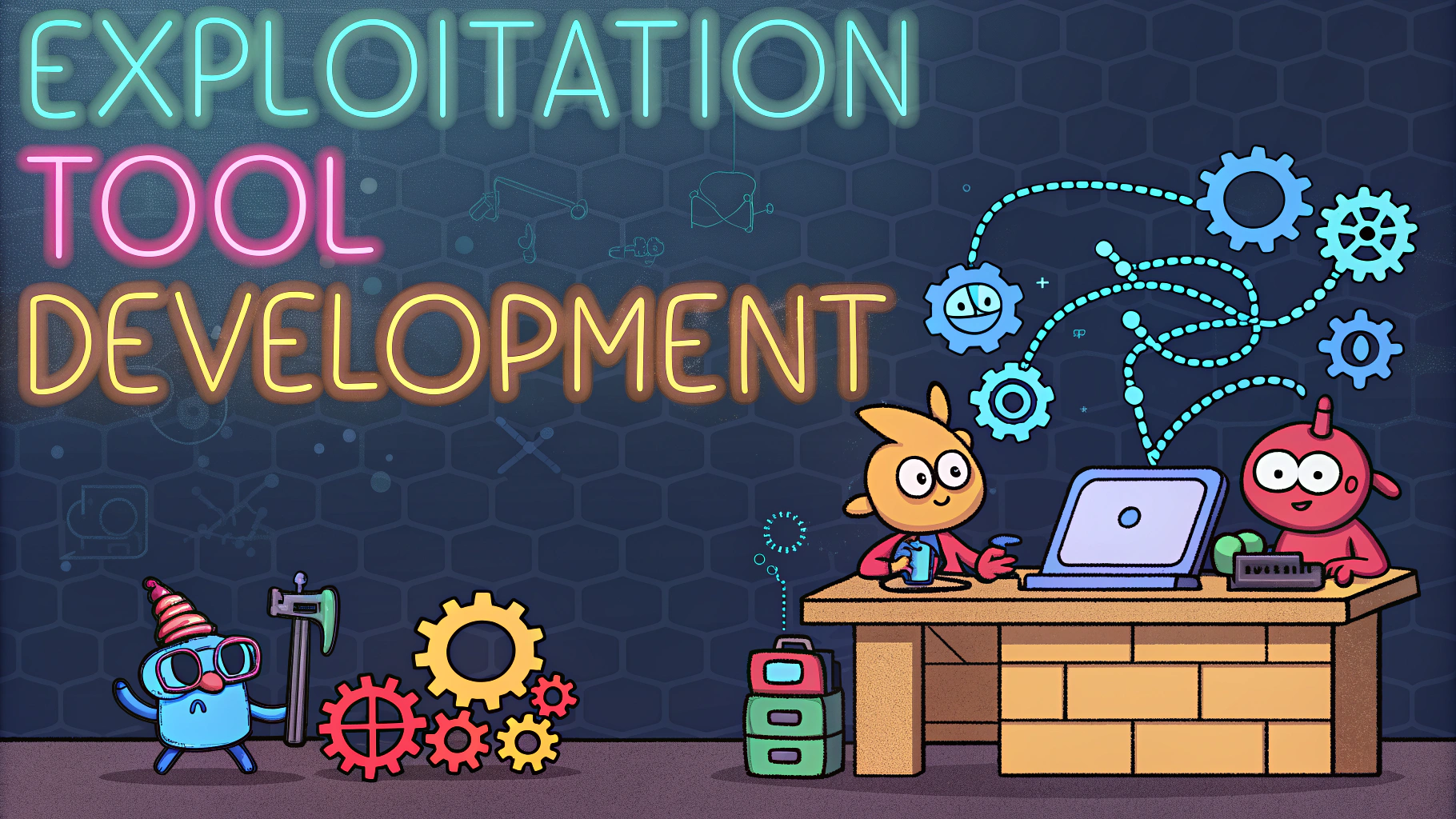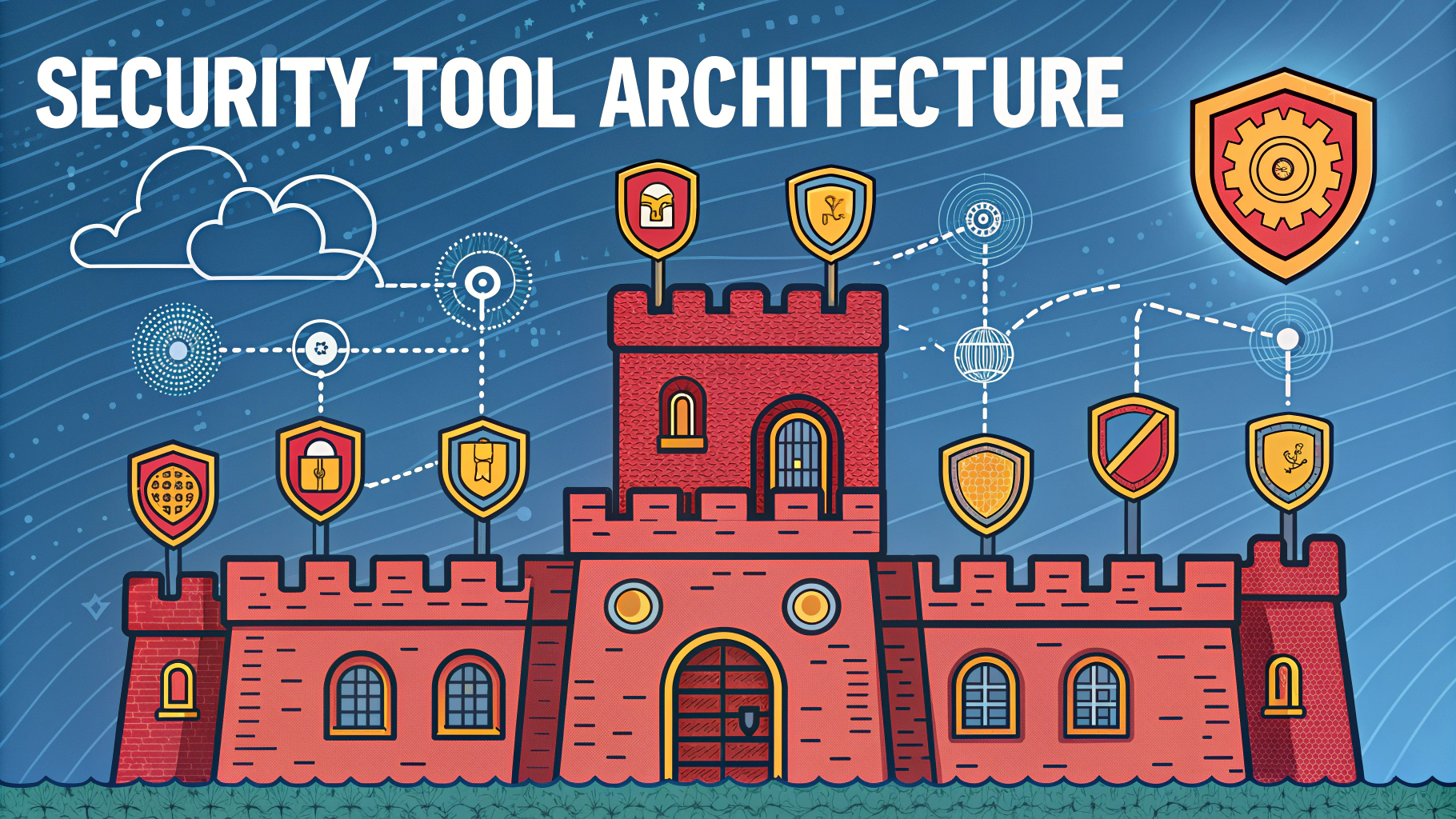Framework integration streamlines the penetration testing process by combining multiple tools and methodologies into a unified testing environment.
Common Testing Frameworks
- Metasploit Framework – Open-source exploitation framework with extensive modules
- Burp Suite – Web application security testing platform
- OWASP ZAP – Free security testing tool for finding vulnerabilities
- w3af – Web Application Attack and Audit Framework
Integration Benefits
Properly integrated frameworks reduce testing time by automating repetitive tasks and standardizing testing procedures.
Integration Steps
- Select compatible frameworks based on testing requirements
- Configure API connections between tools
- Set up shared reporting formats
- Test integration points
- Document workflow procedures
Popular Framework Combinations
| Primary Framework | Secondary Tool | Use Case |
|---|---|---|
| Metasploit | Nmap | Network scanning + exploitation |
| Burp Suite | OWASP ZAP | Web application testing |
| Nessus | Metasploit | Vulnerability scanning + validation |
Best Practices
- Use version control for custom scripts and modules
- Maintain separate configurations for different testing scenarios
- Regularly update all framework components
- Document integration points and dependencies
Common Integration Challenges
- Version compatibility issues between tools
- Data format inconsistencies
- API authentication problems
- Resource consumption conflicts
Framework Integration Resources
Contact the framework developers directly through their respective GitHub repositories or community forums for specific integration support.
Quick Tips
- Test integrations in a sandbox environment first
- Create backup configurations before making changes
- Use automation scripts to speed up repetitive integration tasks
- Monitor system resources when running multiple frameworks
Performance Optimization
- Implement caching mechanisms for scan results
- Configure parallel processing where supported
- Optimize database queries for integrated tools
- Use lightweight reporting formats
Security Considerations
Data Protection
- Encrypt communication between integrated frameworks
- Secure storage of test results and credentials
- Implement access controls for integrated systems
Environment Isolation
- Segment testing networks from production
- Use dedicated testing instances
- Implement proper cleanup procedures
Automation Capabilities
Framework integration enables automated:
- Vulnerability scanning and validation
- Report generation and consolidation
- Tool chain orchestration
- Results correlation and analysis
Maintenance Schedule
| Task | Frequency | Priority |
|---|---|---|
| Framework Updates | Monthly | High |
| Integration Testing | Quarterly | Medium |
| Configuration Review | Bi-annual | Medium |
Conclusion
Framework integration represents a critical component in modern penetration testing environments. Success depends on careful planning, regular maintenance, and adherence to security best practices. Organizations must balance automation benefits with resource requirements and maintain up-to-date documentation of their integrated testing environments.
Continuous improvement of framework integration processes ensures efficient, reliable, and comprehensive security testing capabilities while reducing manual effort and potential human error.
FAQs
- What is Framework Integration in penetration testing?
Framework Integration refers to the process of combining multiple security testing frameworks and tools to create a comprehensive penetration testing environment that enhances efficiency and effectiveness of security assessments. - Which are the most common frameworks used in integrated penetration testing?
The most commonly integrated frameworks include Metasploit, Nmap, Burp Suite, OWASP ZAP, Nessus, and Wireshark, often combined through automation tools or custom scripts. - How does API integration work in penetration testing frameworks?
API integration allows different security tools to communicate and share data through standardized interfaces, enabling automated scanning, reporting, and vulnerability assessment across multiple platforms. - What are the benefits of integrating multiple frameworks in penetration testing?
Integration provides comprehensive coverage, reduces manual effort, enables automated workflows, increases accuracy through cross-validation, and allows for more efficient reporting and analysis. - How can Docker containers be used in framework integration?
Docker containers allow for consistent deployment of multiple testing frameworks, ensuring compatibility and reducing configuration issues while enabling portable and scalable testing environments. - What role does continuous integration play in framework integration for penetration testing?
Continuous integration enables automated security testing as part of the development pipeline, allowing for regular security assessments and immediate feedback through integrated testing frameworks. - How do you handle data exchange between different integrated frameworks?
Data exchange is typically handled through standardized formats like JSON, XML, or CSV, using APIs, message queues, or shared databases to ensure seamless communication between frameworks. - What are the common challenges in framework integration for penetration testing?
Common challenges include version compatibility issues, data format inconsistencies, integration complexity, performance overhead, and maintaining up-to-date configurations across multiple tools. - How can you ensure reliability when integrating multiple testing frameworks?
Reliability is ensured through proper version control, regular updates, automated testing of integrations, error handling mechanisms, and maintaining comprehensive documentation of the integrated system. - What security considerations should be taken when integrating frameworks?
Security considerations include protecting API keys, securing data transfer between frameworks, implementing access controls, monitoring framework interactions, and regular security audits of the integrated environment.







